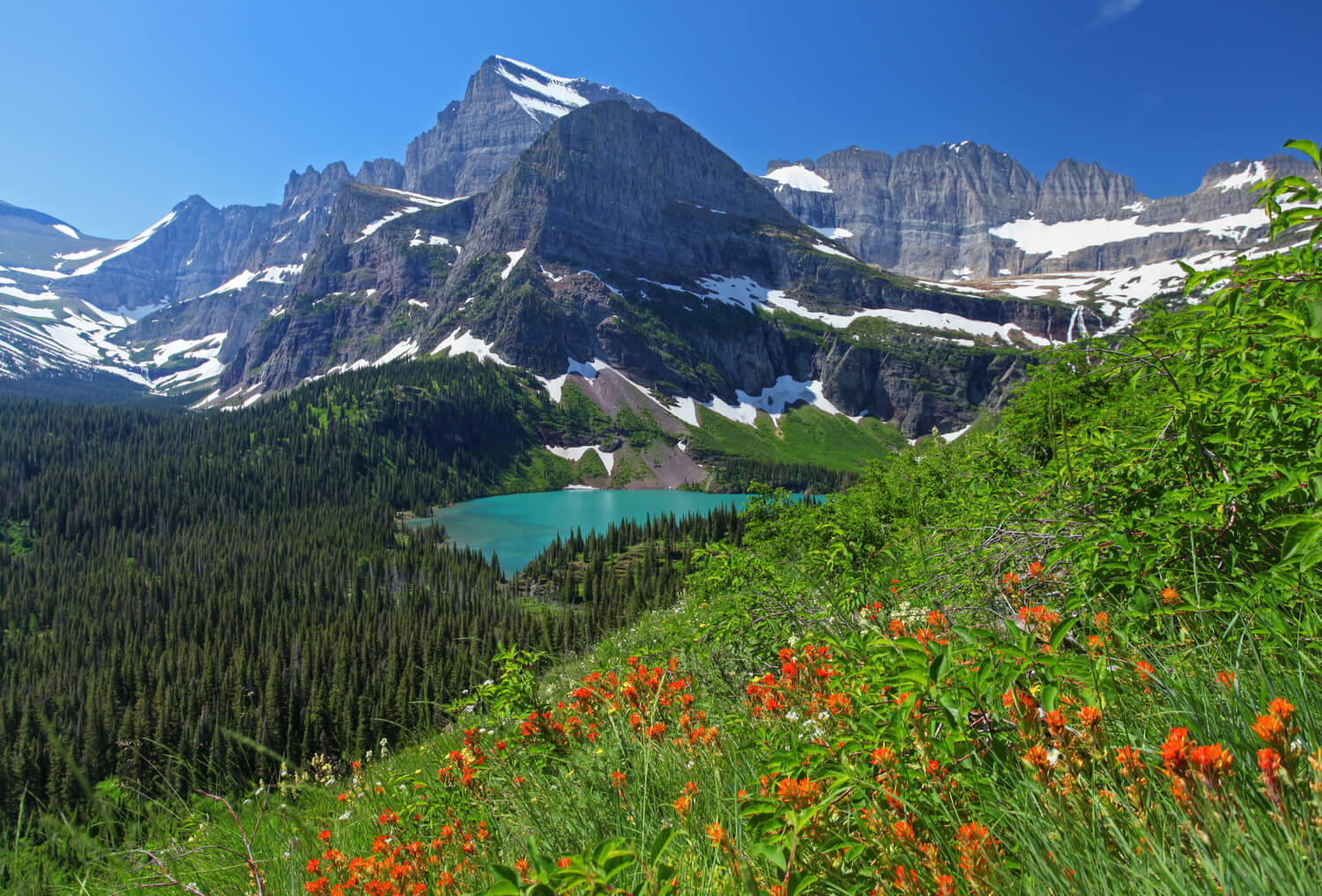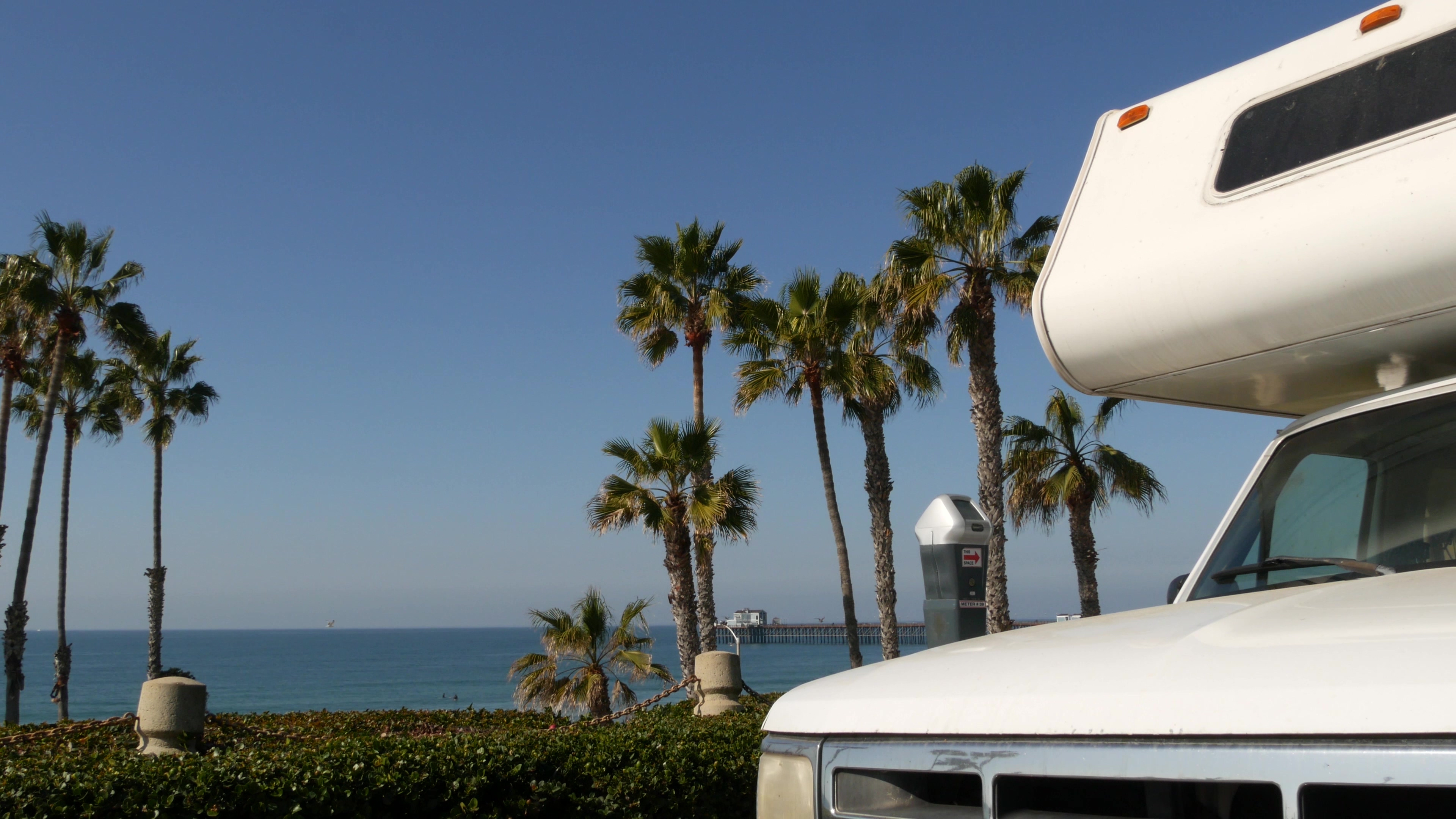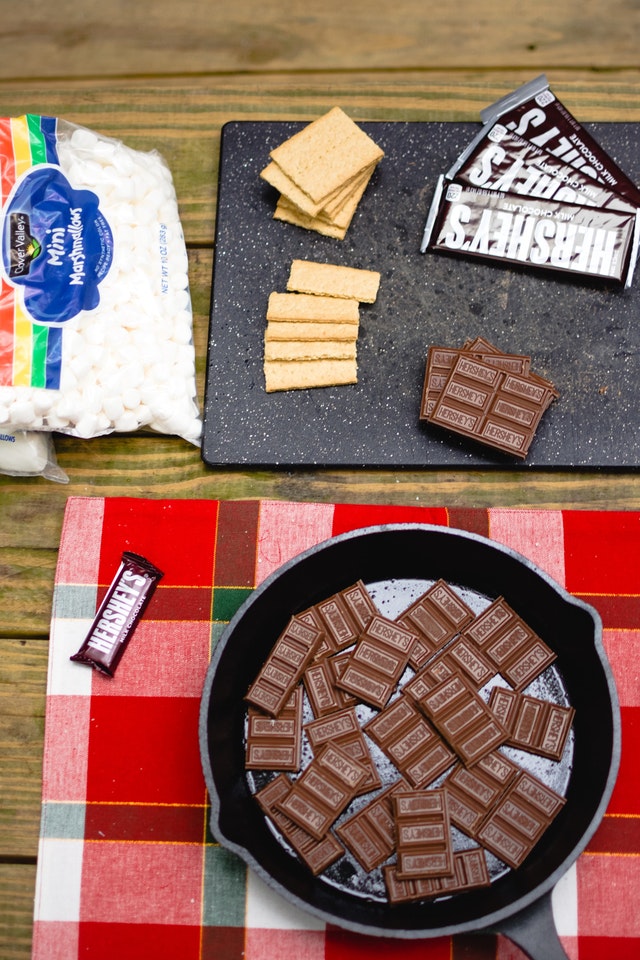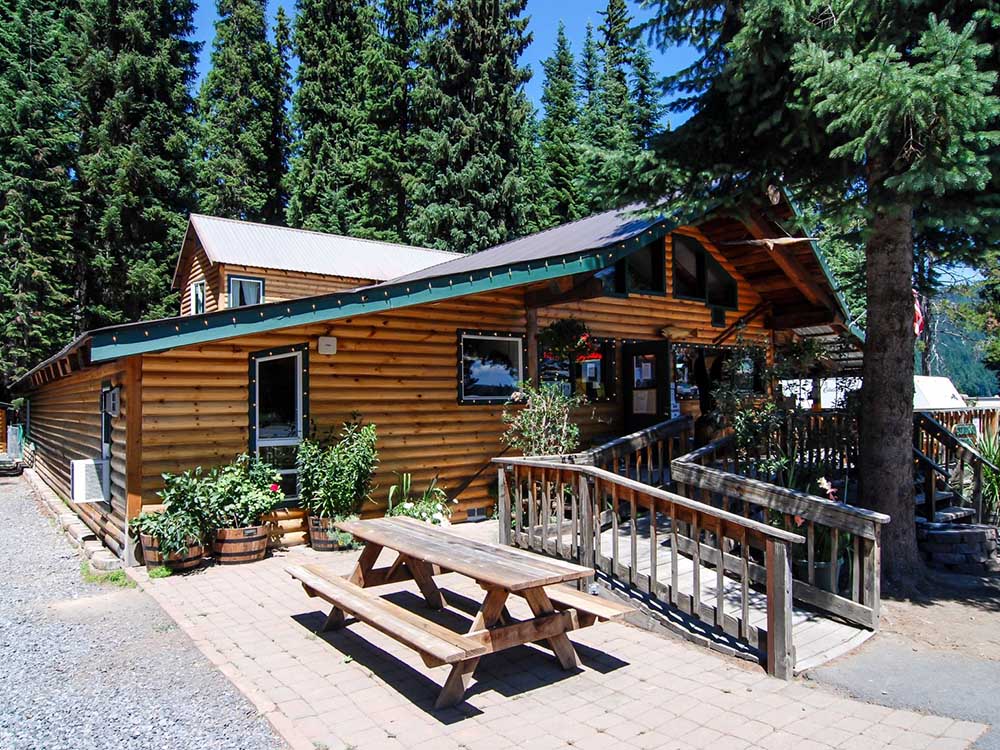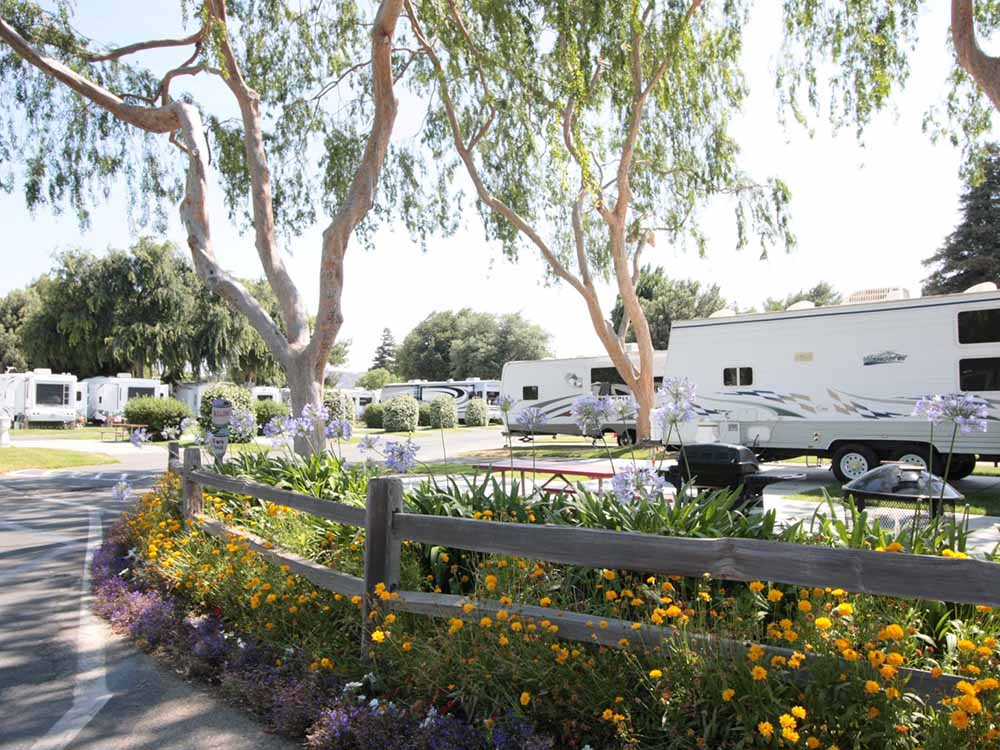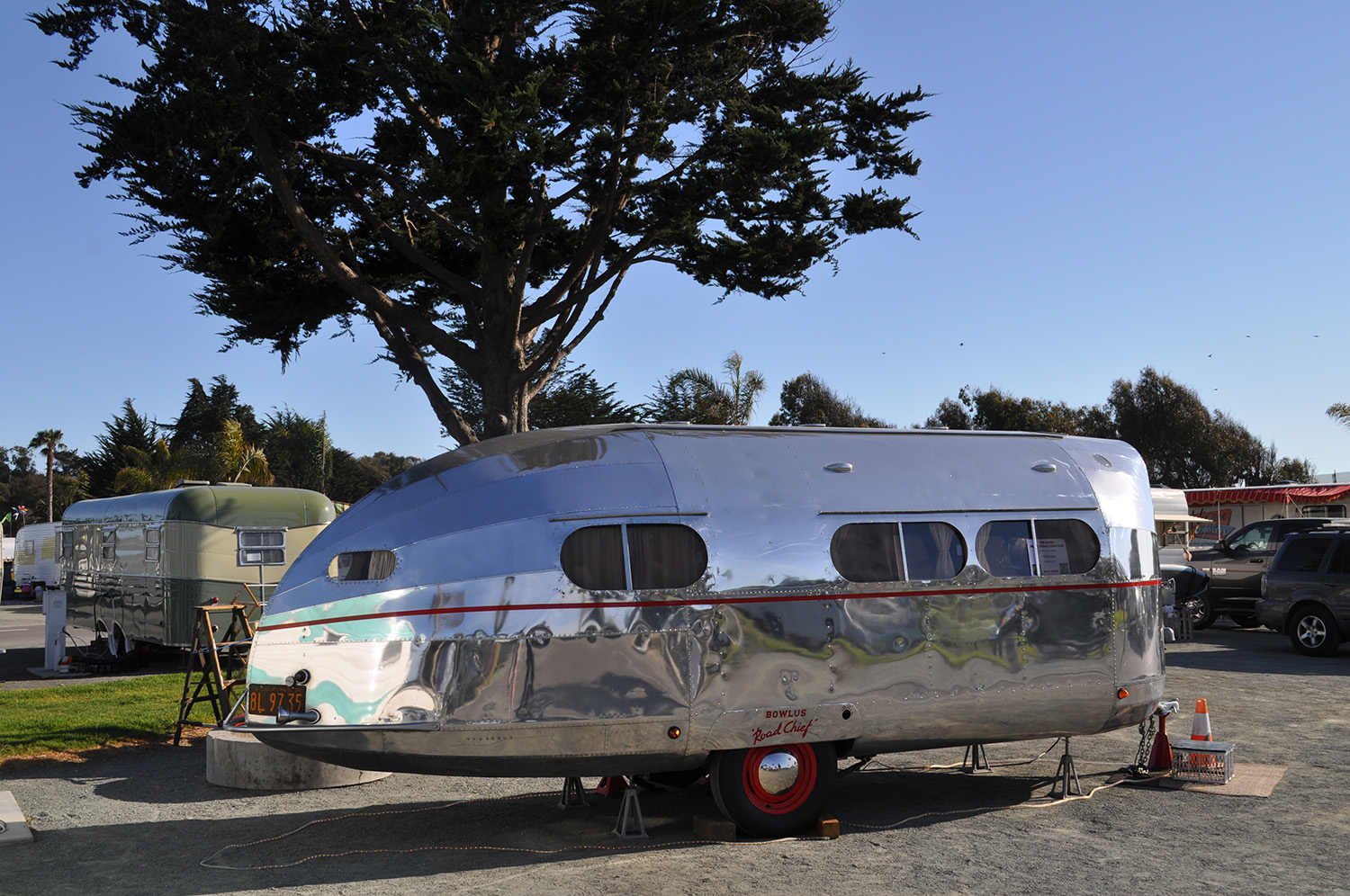If you are looking for an RV to take you and your family around the country or just to your local campground, you’ll find an incredible deal on your favorite brands when you shop used RVs! Check out these five amazing pre-owned RVs on sale today at fantastic prices you won’t want to miss. Learn more below.
Take home a fifth wheel for your family at a low price today!2022 Alliance Paradigm 365RD
Save on this luxury fifth wheel when you snatch up this incredible used 2022 Alliance Paradigm 354RD today! This unit is in fantastic condition and features two separate living areas so that you can easily entertain friends and family. You’ll love that the basement pull-out storage tray gives you ample space for your outdoor gear and camping equipment.
Additional Features:
Separate Living RoomTwo Sleeper SofasBasement Pull-Out TrayPull-Out Fireplace StorageFloating Dinette TableKing Bed SlideThe residential French-door refrigerator is perfect for keeping snacks and drinks in easy reach.2018 Forest River Salem Villa Series 4092BFL
Set up your home away from home for an unbeatable price when you take home this used 2018 Forest River Salem Villa Series 4092BFL destination trailer. This floorplan features a loft with sleeping space for the kids and private master bedroom. The living room offers plenty of seating space, and you’ll love the kitchen island with a dual basin sink.
Additional Features:
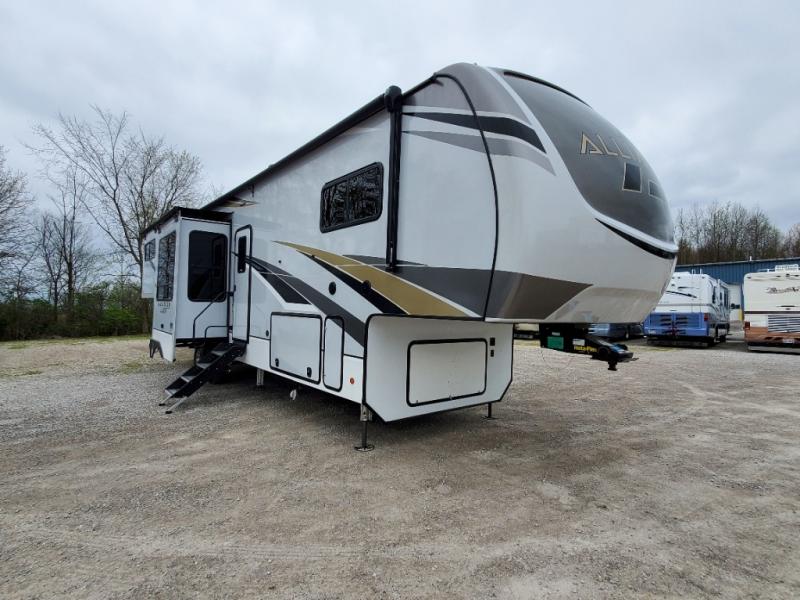
Copyright
© RVingPlanet


